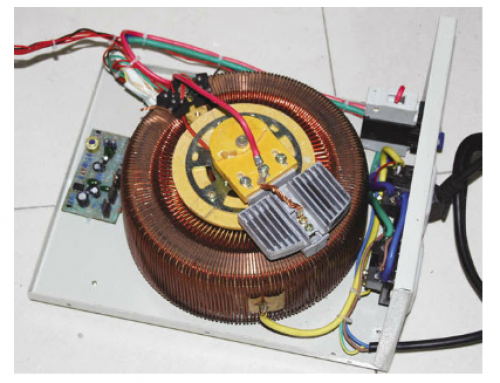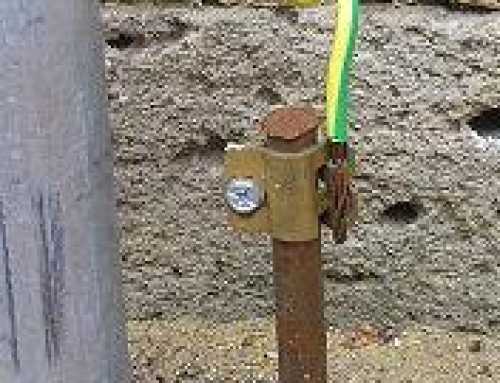Solar panels generate the maximum output when the sun-light falls perpendicular on the panels. However to achieve the ideal harvest of solar energy, you need to have a multi-axis tracker which throughout the day and throughout the year face the sun and try to maximize the generation. The only disadvantage with such a system is that you have to invest in these trackers which cost a lot and as these trackers have sensors and motors, the cost of maintenance might go up. Due to the above reasons, most of the projects are executed keeping the angle of the panels at a fixed tilt which tries to capture the maximum sunlight.
The solar panels have to face true south if you are in northern hemisphere and true north if you are in southern hemisphere. If you are using a compass to orient your panels, you need to correct for the difference as true north is not same as the magnetic north, which can be corrected by searching on the web for the magnetic declination http://www.magnetic-declination.com/
Lot of books and articles on solar energy suggest that the tilt should be equal to the latitude of the place, plus 15 degree in winter or minus 15 degree in summer. There are lot of ways to generate the maximum output from the panels if you are ok to adjust the panels twice a year or 4 times in a year. However, if you just want to put the panels on a fixed tilt which is the most convenient, we can use the following formula to do so:
- If your latitude is below 25°, then tilt angle = latitude x 0.87
- If your latitude is between 25° and 50°, then tilt angle = latitude x 0.76 + 3.1 degrees
The reason for tilting the panels slightly lesser than the latitude is to capture the summer sun (mid-Apr to mid-Aug) when the sun would be north of the location as can be seen from the Cartesian Sunchart below for Bangalore:






